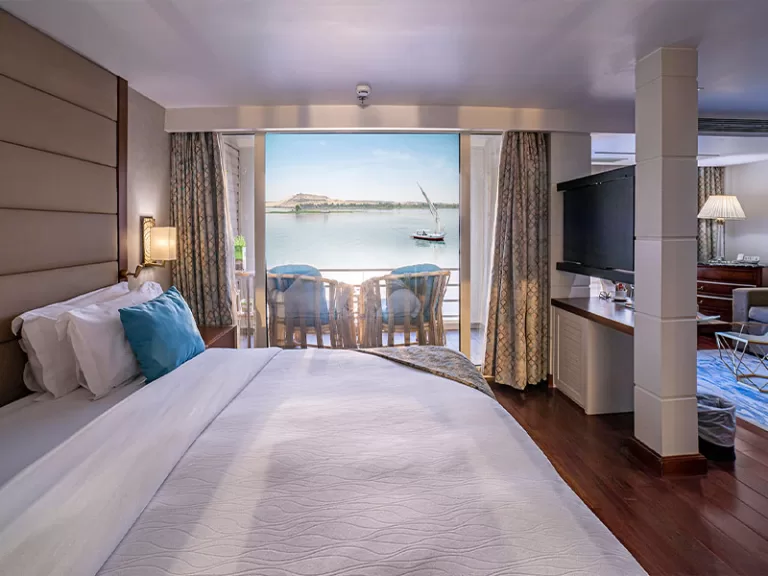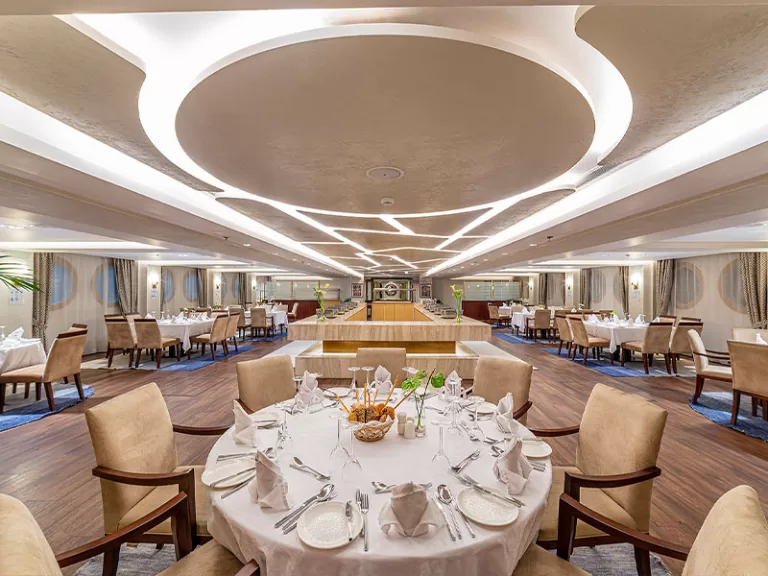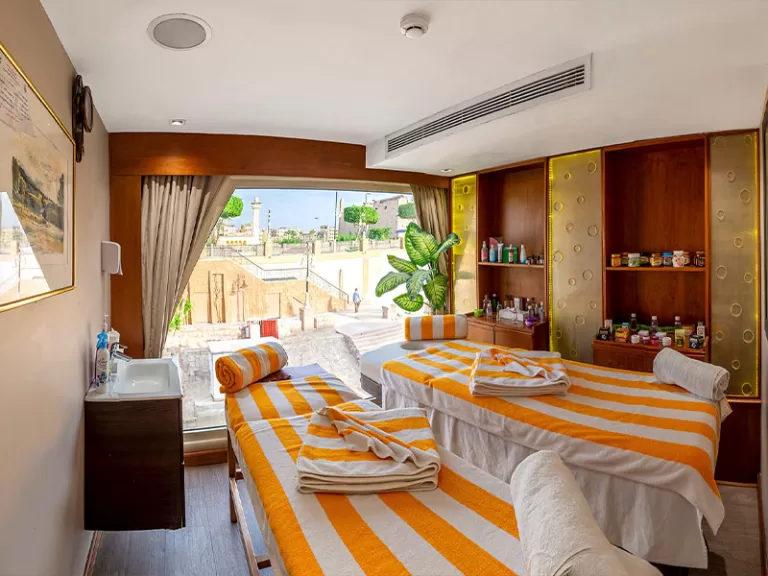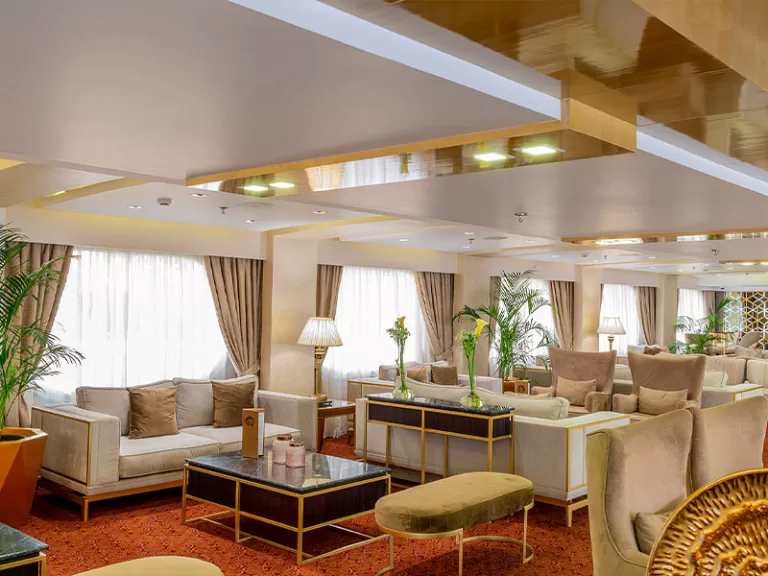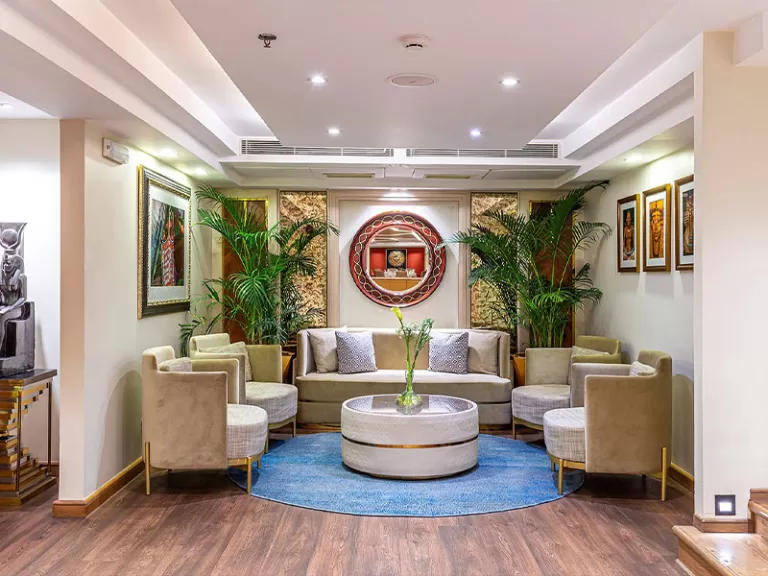5 Must-See Attractions in Egypt You’ll Regret Missing
Table of Contents
A Journey Through Time
Egypt—a land where history echoes in the wind and the secrets of the ancients are carved into stones that have stood for millennia. There’s a certain magic that draws travelers to this incredible destination, but with so much to see, the biggest challenge often lies in choosing what to prioritize. The allure of Egypt lies not only in its vast deserts and the modern charm of Cairo, but in its rich tapestry of ancient wonders that tell the story of civilizations long past. From monumental temples to awe-inspiring pyramids, Egypt offers a treasure trove of experiences that will stay with you forever.
But here’s the truth: many travelers leave Egypt with a tinge of regret—often because they missed out on the most iconic and breathtaking sights. So, before you start planning your Egyptian adventure, make sure these five incredible places are on your list. Trust us, you don’t want to return home wishing you’d seen them.
Key Takeaways:
- The Pyramids of Giza and the Sphinx: The only remaining Wonder of the Ancient World and a must-see for every visitor.
- Abu Simbel Temples: A breathtaking journey to a temple carved into the rock, relocated to save it from the Nile’s rising waters.
- Valley of the Kings and Tomb of King Tutankhamun: Discover the final resting places of Egypt’s greatest pharaohs and the mysterious tomb of King Tut.
- Karnak and Luxor Temples: Explore the world’s largest religious complex and the awe-inspiring Luxor Temple.
- Nile River Cruise: Unwind as you float along the world’s most famous river, with a chance to visit some of Egypt’s most famous sites.
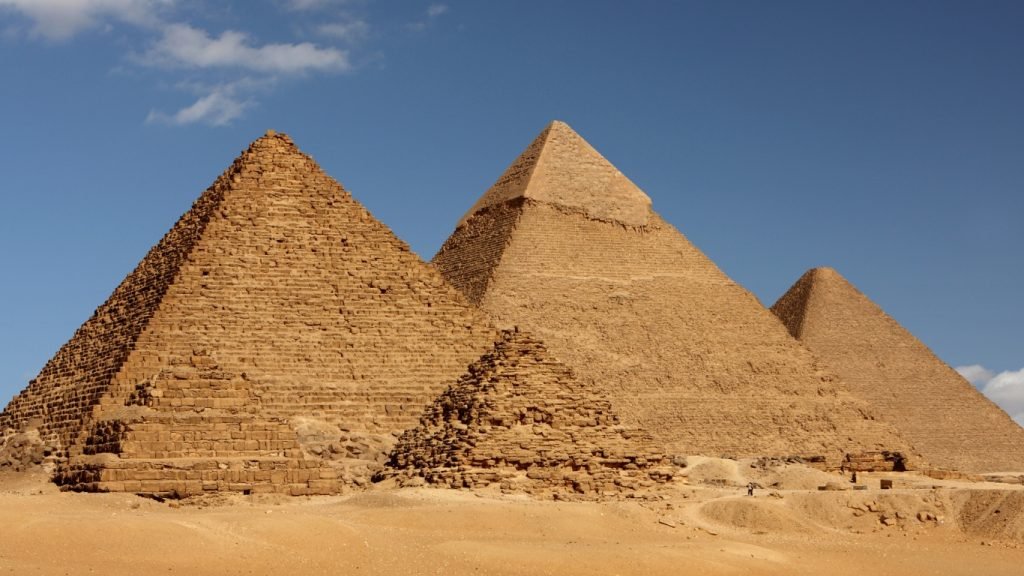
The Pyramids of Giza and the Sphinx: A World Wonder You Can’t Miss
Let’s start with the obvious—the Pyramids of Giza. They’ve stood for over 4,500 years, and yet, their scale and grandeur still leave modern travelers breathless. These massive stone structures, built as tombs for Egypt’s ancient pharaohs, are one of the most iconic landmarks on the planet—and they’re waiting for you to witness their magnificence firsthand.
What Makes Them Unforgettable?
- Size and Scale: Standing in front of the Great Pyramid, the largest of the three, you’ll feel utterly insignificant in comparison to its towering height—481 feet at its peak. These structures, built with over 2 million limestone blocks, are engineering marvels that still baffle experts today.
- The Mystery of the Sphinx: Carved from a single block of limestone, the Sphinx’s massive, lion-like body and human head have been guarding the pyramids for centuries. But who was it modeled after? And why did ancient Egyptians create such a mysterious statue? The truth is still unknown.
Best Way to Experience the Pyramids
For the most immersive experience, consider taking a camel ride around the pyramids—after all, this was the mode of transportation for the ancient Egyptians! You can also go inside the pyramids themselves (though the interior is far more austere than you might imagine).Pro Tip:
To beat the crowds and see the pyramids in a more serene light, visit early in the morning. The warm, golden light at sunrise will make for the perfect photos and an unforgettable experience.
Abu Simbel Temples: A Story of Resilience and Wonder
Now, imagine traveling to the southernmost edge of Egypt, near the Sudanese border, to see one of the world’s most remarkable architectural feats. The Abu Simbel Temples were originally carved into the mountainside by Pharaoh Ramses II, but in the 1960s, they faced an imminent threat due to the construction of the Aswan High Dam. The entire complex was carefully dismantled and relocated—block by block—hundreds of meters away from the rising waters of Lake Nasser.
Why Is Abu Simbel So Special?
- The Giant Statues: The temples are dominated by four enormous statues of Ramses II seated on his throne, each over 65 feet tall. They’re surrounded by breathtaking carvings and reliefs that depict the pharaoh’s military victories.
- The Miracle of Relocation: The story behind the temples’ relocation is as awe-inspiring as the temples themselves. Incredibly, the intricate engineering techniques used to move the site without damaging it are a testament to both human ingenuity and dedication to preserving Egypt’s history.
Deeper Insight:
Abu Simbel is not only an architectural marvel but also a cultural landmark. The temples are famous for their winter solstice phenomenon—twice a year, on February 22nd and October 22nd, the sun illuminates the inner sanctuary, casting light on the statues of Ramses II and the gods seated beside him. This event was deliberately designed by Ramses II to showcase his divinity.
Valley of the Kings and Tomb of King Tutankhamun: Step Into the Afterlife
In the heart of Egypt’s ancient Theban Necropolis lies the Valley of the Kings—the burial site of Egypt’s most powerful pharaohs. The valley is a labyrinth of tombs, hidden deep within the desert hills, and it’s here where you can see the final resting places of Egypt’s great rulers, including Ramses the Great, Seti I, and the famous Tutankhamun.
Why It’s a Must-See
- Tomb of King Tutankhamun: While Tutankhamun wasn’t one of Egypt’s most famous or powerful rulers, his tomb was the most significant archaeological discovery in the 20th century. Discovered by Howard Carter in 1922, it contained thousands of priceless artifacts, including the iconic golden death mask that became a symbol of ancient Egypt.
- Exploring the Tombs: Visitors can enter several tombs, some of which are elaborately decorated with scenes from Egyptian mythology. The vivid paintings and hieroglyphics offer a fascinating glimpse into the ancient Egyptian belief in the afterlife.
Pro Tip:
The tombs can be overwhelming, so hire a knowledgeable guide who can explain the significance of the hieroglyphs and provide context to the murals and carvings. This will make the experience far more meaningful.
Karnak and Luxor Temples: Walking Through a Living Museum
If the Valley of the Kings is the tomb of Egypt’s rulers, then the Karnak Temple and Luxor Temple are the living heart of ancient Egypt. Both of these monumental temples are situated in the modern-day city of Luxor, which was once the capital of Egypt’s New Kingdom. Together, they make up the world’s largest religious complex, dedicated primarily to the god Amun-Ra.
Why You Can’t Skip Them
- Karnak Temple: The sheer size of Karnak is staggering. Its Hypostyle Hall contains 134 massive columns, some reaching over 30 feet in height, with intricate hieroglyphic inscriptions. Karnak was built over centuries and is still being excavated today.
- Luxor Temple: Known for its spectacular avenue of sphinxes that once led to Karnak, Luxor Temple is famous for its Amun-Ra shrine, which houses some of the finest examples of ancient Egyptian art.
Insider Tip:
Don’t miss the Sound and Light Show at Karnak Temple. The night-time performance is a dazzling spectacle that brings the temple’s history to life through a blend of dramatic lighting, music, and narration.

Nile River Cruise: The Ultimate Way to See Egypt’s History Unfold
There’s no better way to see Egypt’s most famous landmarks than by cruising down the Nile River, the lifeblood of the ancient Egyptian civilization. A river cruise gives you the opportunity to visit many of the sites mentioned above, all while relaxing aboard a luxurious ship.
Why It’s a Must-Do
- Comfortable and Scenic: A cruise offers the perfect balance of sightseeing and relaxation. You’ll enjoy stunning views of Egypt’s landscapes, including the deserts and fertile banks of the Nile, all while traveling in style.
- Key Stops Along the Way: The journey typically takes you to incredible sites like Edfu Temple, Kom Ombo, and Esna, all of which are steeped in history and offer unique experiences.
Pro Tip:
Opt for a cruise that includes guided tours at each stop. This way, you’ll gain deeper insights into the significance of the temples and monuments you’ll be visiting.
Conclusion: Don’t Miss These Unforgettable Experiences
Egypt is a land of contrasts—where ancient history mingles with modern life, and where the stories of pharaohs, gods, and kings continue to captivate the imagination of visitors. The five places mentioned above are just the beginning of what Egypt has to offer, but they are undoubtedly the most iconic, awe-inspiring, and unforgettable sights that you simply can’t miss.
So, as you plan your journey, make sure these extraordinary destinations are at the top of your list. They will not only deepen your understanding of Egypt’s past but will leave you with memories that will last a lifetime.
Ready to embark on a journey of a lifetime? Book your luxury tour to Egypt today and let us help you explore these must-see attractions and more. Don’t let the opportunity slip away—make your dreams of seeing Egypt’s wonders a reality!
Join our Email List
Past Blog Posts

Planning a Trip to Egypt? Here’s How Long You Need
Think you can “do” Egypt in 3 days? Think again. From ancient tombs to Nile-side secrets, this guide reveals why the magic of Egypt demands more than a layover—and shows you exactly how many days you really need to make it unforgettable. Don’t book that flight until you read this.

How Far Does $100 Go in Egypt?
Think $100 won’t get you far? In Egypt, it’s a game-changer. From luxury hotels to mouthwatering meals and ancient wonders, see how far your dollar really goes. This guide breaks down real costs, insider tips, and jaw-dropping experiences you can afford—without breaking the bank.
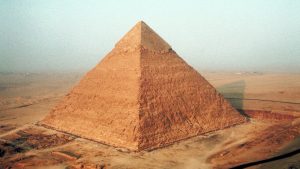
Private Egyptologist Tours: Unlock Egypt’s Hidden Secrets in Luxury
Step beyond the velvet ropes of Egypt’s most iconic sites. With a private Egyptologist as your guide, you’ll uncover hidden chambers, untold stories, and experience ancient wonders far from the tourist crowds. This is discovery at its most exclusive—where history meets luxury.



